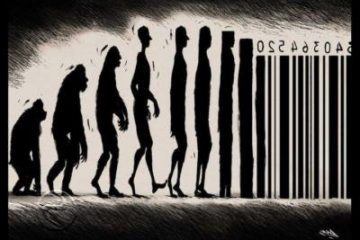AT&T’s DirecTV Now Online Service Said to See Growth Sputter

(Bloomberg) —AT&T Inc.’s live online video service, DirecTV Now, has seen its growth stall in recent months, according to people familiar with the matter, raising questions about consumer demand for the growing number of new web-TV services entering the market.
By the end of January, two months after its debut, the cable-like TV service had surged to about 328,000 subscribers, according to people familiar with the matter. Yet DirecTV Now lost 3,000 customers in February, and its subscriber growth was roughly flat in March, the people said.
AT&T declined to comment. The company introduced DirecTV Now on Nov. 30, offering more than 100 channels including ESPN, Fox, Bravo and Nick Jr., for $35 a month for a limited time. To sweeten the deal for AT&T wireless customers, DirecTV Now streaming doesn’t count against their data plans.
The introduction was marred by some technical glitches, and AT&T has said it pulled back on marketing to iron out the kinks. That may have contributed to the slowdown in signups.
Still, DirecTV Now’s tepid growth is a sign of concern for a pay-TV industry that’s counting on streaming services to attract subscribers who have fled to cheaper entertainment options like Netflix or Amazon. It’s become a crowded market, with competing products now offered by AT&T, Dish Network Corp., Sony Corp., Hulu LLC and Google’s YouTube.
So far, the new online TV packages haven’t captured all the people dropping pay-TV service. While 477,000 signed up for online TV services including Sling TV, DirecTV Now and Sony PlayStation Vue in the first quarter of this year, traditional pay-TV providers lost 732,000 customers as cord-cutting accelerated, according to an estimate by MoffettNathanson.
Pay-TV providers like AT&T are trying to strike a delicate balance with their online TV ventures. If they attract too much interest in these new services, it could come at the expense of their traditional pay-TV business. Instead of adding new subscribers, they risk simply having customers trade down to cheaper packages.
At a recent investor conference, AT&T Chief Executive Officer Randall Stephenson said DirecTV Now initially “caught fire” after the launch, adding about 200,000 subscribers in December. That was “much faster than we were wanting to go,” Stephenson said at a JPMorgan Chase & Co. investor conference this week. “And so, we’ve kind of pulled back.”
In addition, DirecTV Now’s $35-a-month initial price for more than 100 channels has expired. Subscribers now pay $60 for that many channels, or $35 for more than 60 channels.
Meanwhile, more online TV services have entered the market, increasing the competition, including services from YouTube and Hulu. DirecTV also launched without the CBS broadcast network and local broadcasts in many cities, which may have hurt demand.
Channel owners say it’s still early and they are more focused on the total number of people subscribing to these new online TV packages, rather than how individual services perform. PlayStation Vue, Sling TV and DirecTV Now had about 2 million subscribers combined in early February, John Martin, CEO of Time Warner Inc.’s Turner cable division, said on a conference call at the time.
TV networks typically get higher fees for their channels from newbies in the TV market, like YouTube and Hulu, than from AT&T, which has 25 million video subscribers, mostly from its satellite and phone businesses. So if cable-like services from Hulu and YouTube take off, media companies could see more revenue than if DirecTV Now becomes the dominant service.
The cord-cutting phenomenon has hit owners of cable channels hard. ESPN, which is typically the most-watched cable channel, has lost subscribers on cable and satellite for three straight years. ESPN’s owner, Walt Disney Co., remains upbeat about the prospects of online TV packages.
“Consumer response to these offerings is very encouraging,” Walt Disney Chief Executive Bob Iger said on a recent conference call. “Right now, they are a small part of the pay TV universe, but we believe they’ll be a much bigger part of the business going forward.”





No Comment